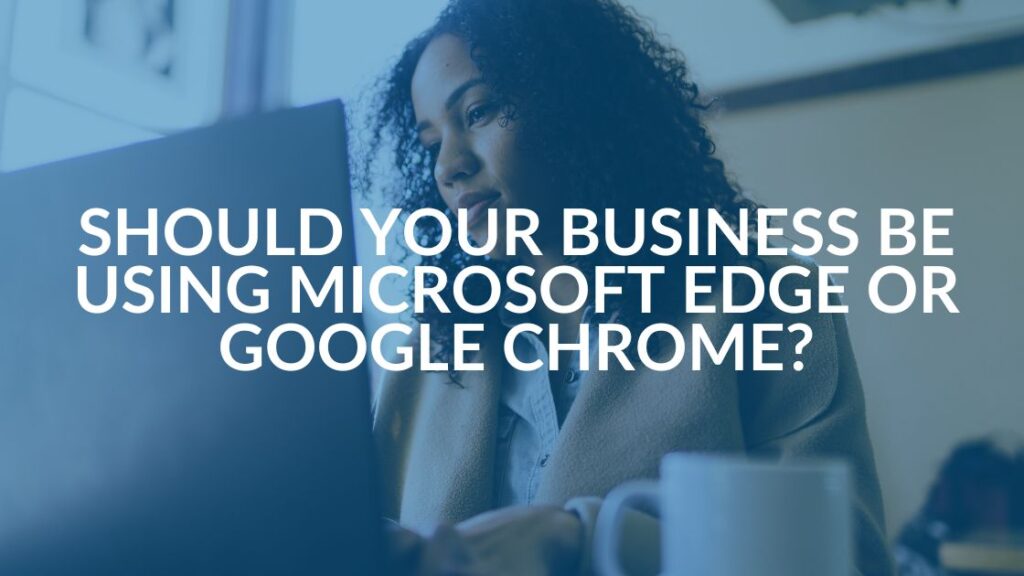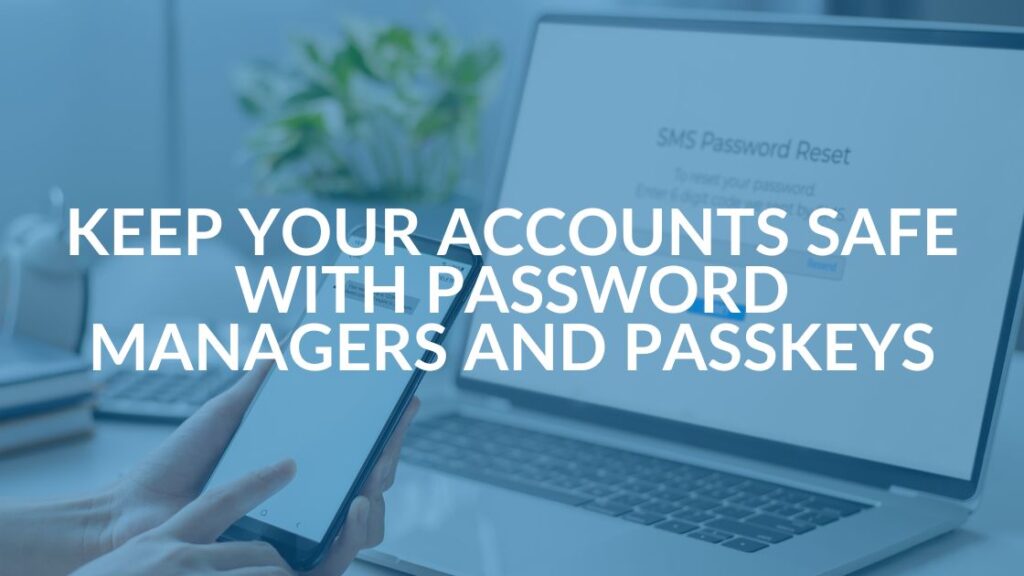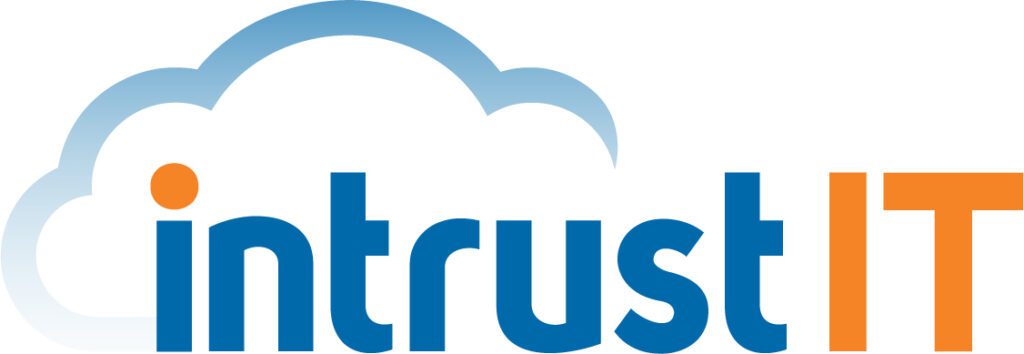Vishing Attacks Surge: What It Could Mean for Your Organization
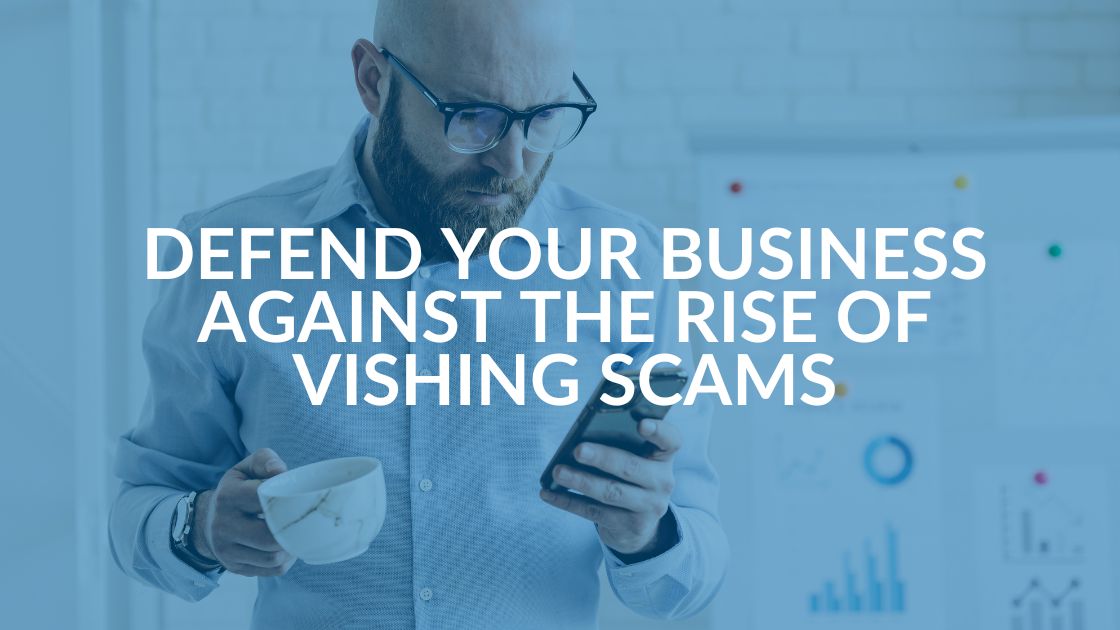
Cybersecurity threats continue to evolve at a lightning pace, and one growing menace should be on every business leader’s radar: vishing. Short for “voice phishing,” vishing is a type of social engineering attack where fraudsters manipulate individuals over the phone to reveal sensitive information. These attacks are becoming more sophisticated thanks to data breaches and voice cloning so organizations must understand how vishing works and how to protect themselves against it.
What Are Vishing Attacks?
Vishing, often referred to as the phone-based cousin of phishing, involves attackers impersonating trusted entities like banks, government agencies or even your company’s IT department. Their primary goal? Convincing unsuspecting individuals to hand over passwords, financial details or other sensitive information.
According to the Federal Trade Commission (FTC), vishing’s alarming upward trend is evidenced by the staggering $1.2 billion it took from victims in 2023. With an average annual increase of 30 percent in vishing incidents, 68.4 million Americans lost money to this fraud type in 2023, an increase of 23 percent since the year prior.
How Do Vishing Attacks Work?
Imagine receiving a call from someone claiming to be your bank, alerting you to suspicious activity on your account. They may use data that has been leaked or stolen to appear more legitimate. Would you recognize a call like this as a dangerous scam? Common vishing tactics include:
- Impersonation: Scammers pose as legitimate representatives to build trust. Scammers may even look up the names of people from an organization’s website or LinkedIn and direct you there to confirm their identity.
- Urgency and fear: Fraudsters create a sense of panic, pressuring you to act immediately and warning of severe consequences if you don’t take immediate action.
- Requests for sensitive information: Attackers ask for details under the guise of “verifying your identity.”
One alarming example of vishing involves malware like FakeCall. This Android-based threat intercepts legitimate calls to financial institutions and redirects them to fraudulent call centers. Victims believe they are speaking to their bank, but they’re actually talking to sophisticated scammers who will tell any lie and use realistic spoofed sites to maintain the ruse.
Why Are Vishing Attacks So Dangerous?
Vishing poses unique risks that can bypass traditional cybersecurity measures, including:
- Exploiting human error: No technology can prevent someone from sharing sensitive information with someone whom they believe represents a legitimate organization.
- Easily spoofable phone numbers: Unfortunately, it’s very easy for scammers to spoof a phone number. In other words, bad actors can make a bogus phone call appear to come from a legitimate phone number, such as your bank, to make it appear to be more authentic.
- AI voice cloning: Advanced generative AI voice cloning tools allow scammers to quickly and easily replicate voices, making their impersonations nearly indistinguishable from the real thing.
- No advance screening: Unlike email based phishing, voice phone calls are not screened by anti-spam and anti-malware tools.
The consequences of vishing attacks go far beyond inconvenience. These scams can not only disrupt operations and lead to significant financial loss, they can also severely damage an organization’s reputation and erode customer trust. Addressing these threats requires immediate attention to bolster technological defenses and employee awareness.
Recognizing Warning Signs of Vishing
Calls you weren’t expecting can be a sign that someone is trying to vish you, especially if there is an “urgent” problem that you need to address immediately, such as fraud detected on an account or a locked account.
In many cases, bad actors are supposedly calling from a government agency or a real business. For example:
- Federal agencies: Unless you have previously requested contact, federal agencies like the IRS won’t request personal or financial information from you on an unsolicited phone call.
- Banks, Insurance, or tech support: These organizations will not make requests for sensitive information over an unsolicited phone call. Be extremely skeptical of these calls, no matter how convincing their message seems.
The bottom line is that any unsolicited call asking you to confirm your Social Security number, bank account info, or other sensitive personal or organizational details over the phone is nearly always a scam.
If you’re not absolutely sure about the legitimacy of a caller, get their name and employee ID and call the agency back via their official phone numbers listed on their official, verifiable website.
How Can You Protect Your Organization Against Vishing Attacks?
To combat the rise of vishing attacks, a proactive approach is essential. Here are a few key strategies to safeguard your organization.
1. Educate your team
Conduct regular cybersecurity training to help employees identify the hallmarks of vishing attempts, verify the authenticity of callers and avoid sharing sensitive information over the phone. Tailored training ensures your team is equipped to recognize and thwart vishing attempts effectively.
2. Always verify caller identities
Never trust, alway verify. Confirm a caller’s identity, especially if they request sensitive information. Understand that any call-back number, email address or website they provide may be part of the scam—do not use them. Instead, search for the organizations’ official phone number, website or email and reach out to them directly to confirm the call was legitimate.
3. Ignore calls from unknown numbers
While it can be tempting to answer every phone call, thanks to spam and vishing, it’s better to let unrecognized callers go to voicemail. Listen to your messages later to determine if the call warrants any further action.
4. Use call-blocking features
Enable call-blocking features when possible to filter out potential vishing scams. Most smartphones and softphones like MS Teams offer this functionality to help you avoid bogus calls.
5. Use Multi-factor Authentication (MFA) on all your accounts
Enable MFA on all your accounts to add an extra layer of security that will make it more difficult for bad actors to access accounts even if they are able to vish credentials during an attack.
6. Monitor for suspicious activity
Early threat detection can prevent serious data breaches. Use monitoring tools to identify unusual behaviors, logins from unexpected locations, sudden spikes in network traffic and large data transfers to unknown destinations. Encourage employees to report suspicious calls or activity immediately.
7. Partner with cybersecurity experts
Partnering with a managed service provider (MSP) or a team of IT professionals can help keep you safe from hackers and other cyber predators. At Intrust IT, we work diligently to protect your organization from cybercrime and enhance your defenses against vishing and other types of attacks. We assess any vulnerabilities within your systems and develop customized strategies to help you mitigate risks.
Stay Ahead of Threats With Intrust IT
The surge in vishing attacks highlights the need for proactive measures. By fostering a culture of cybersecurity awareness, leveraging cutting-edge technology, and implementing proven best practices, your organization can stay one step ahead of scammers.Take action today to secure your business. Contact us to safeguard your sensitive information. Vishing attacks may be on the rise, but with the right precautions, they don’t have to jeopardize your success.
Share this Blog
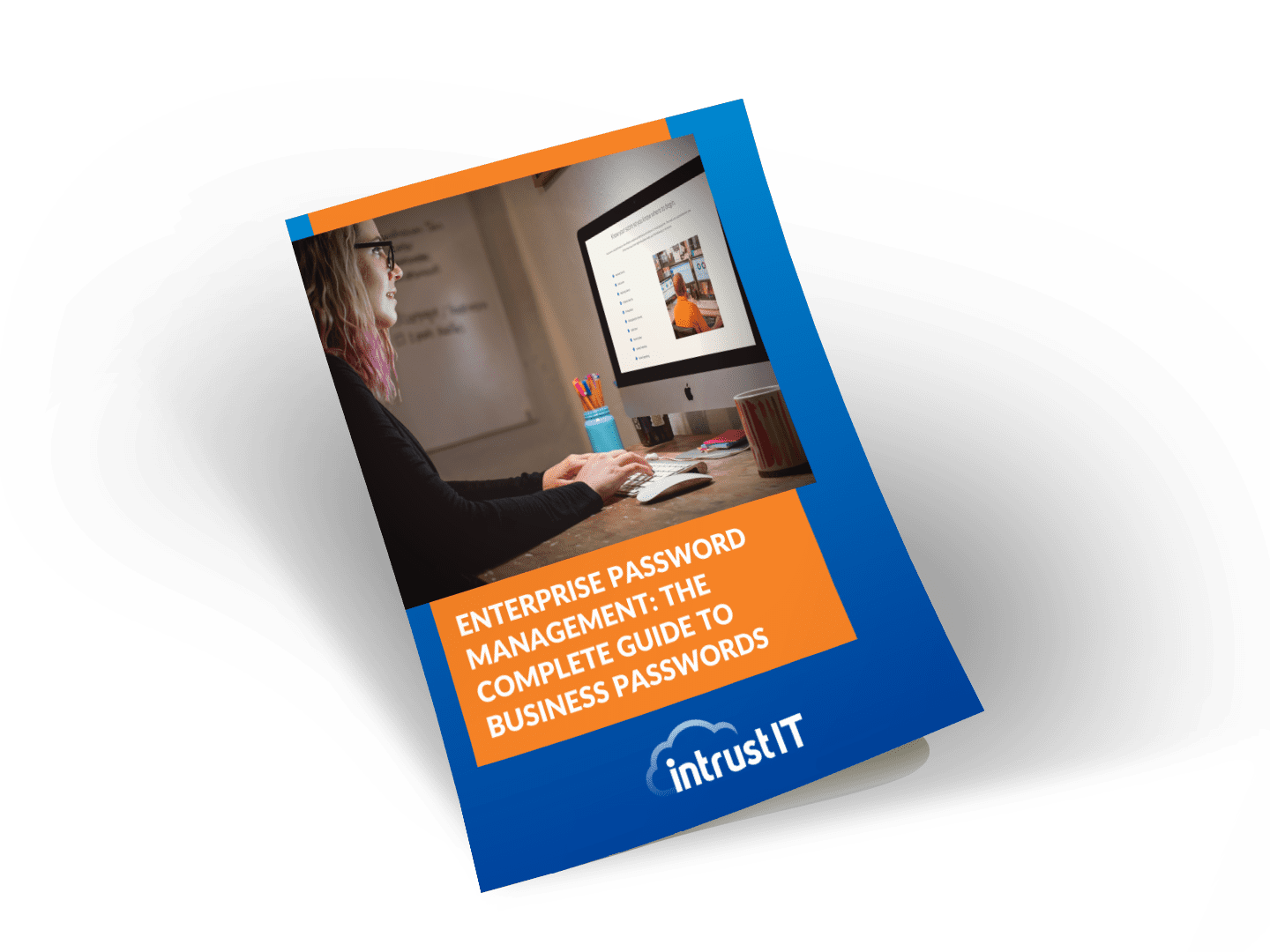
Is Your Name or Birthday a Part of Your Password?
If so, you’re a part of the 59 percent of people who don’t follow proper password hygiene. More than 70 percent of passwords are used for more than one system, meaning if cybercriminals crack one, they can access a lot more accounts.
Our free Enterprise Password Management Guide will give you the best password hygiene practices to help you secure your computer and your business.
Download the Guide
Explore the Latest Trends in IT
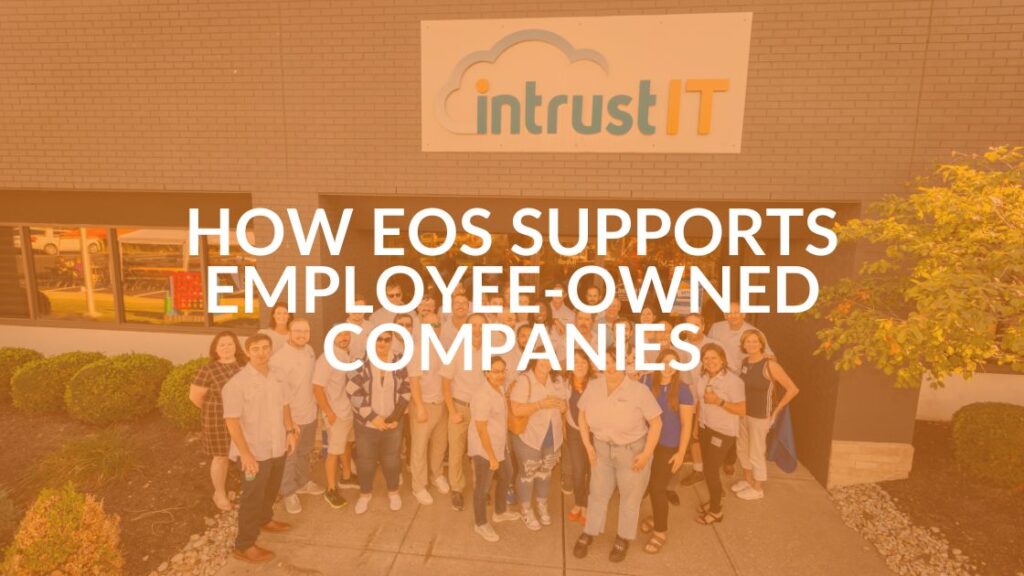
Unlocking Employee Engagement at Intrust IT: The Power of EOS in Employee-Owned Companies
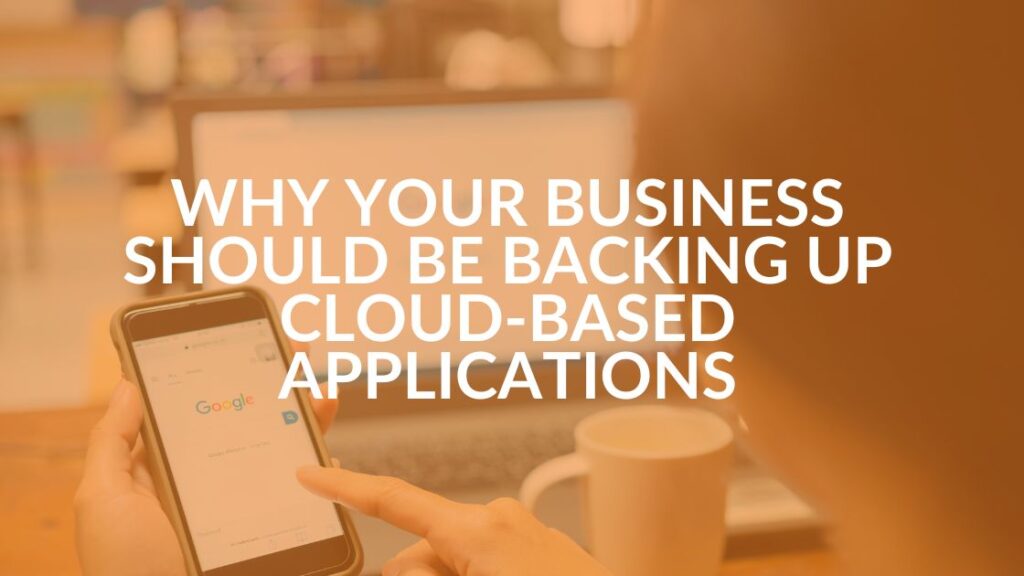
Microsoft 365 and Google Workspace: The Importance of Backing Up Your Cloud-Based Applications
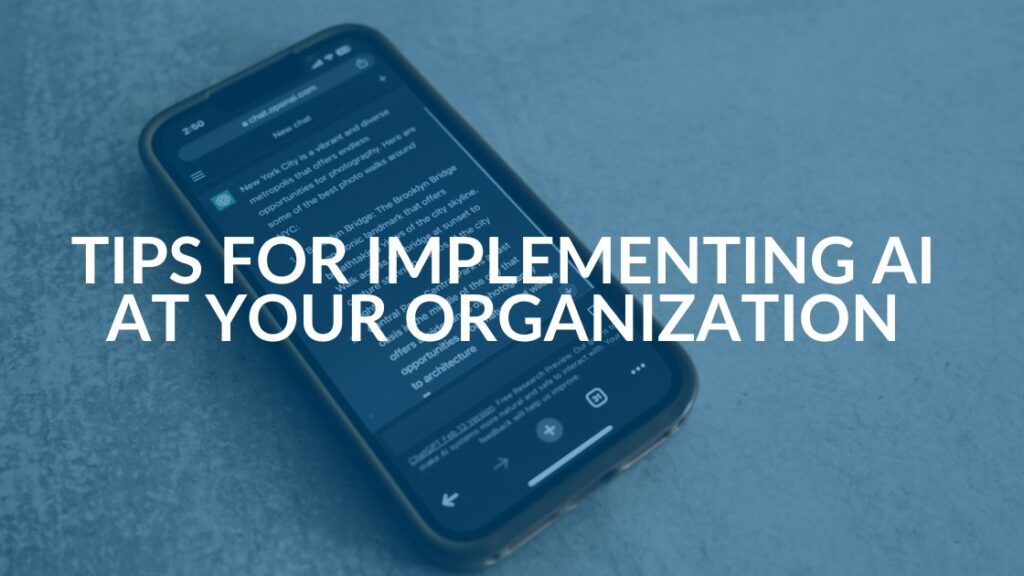
AI Guiding Principles
